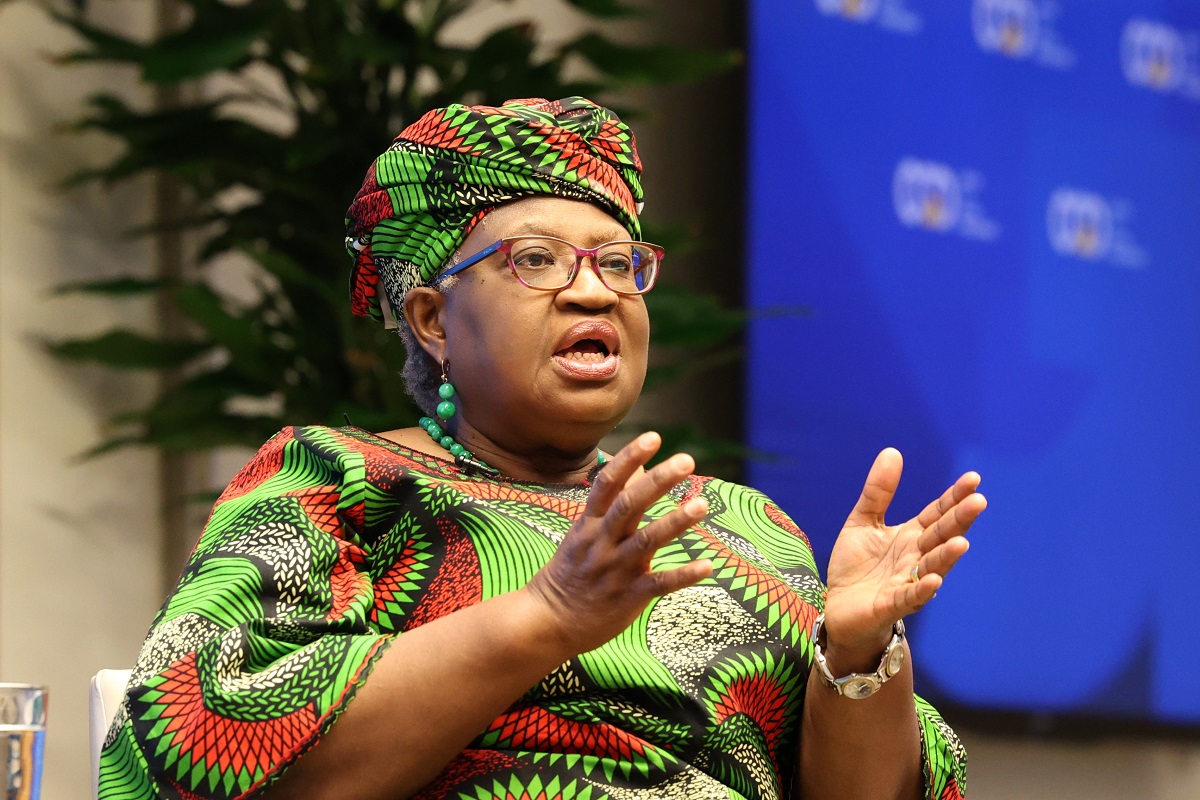Next week could be a big week for trade policy, or, more likely, yet another disappointment. The World Trade Organization’s Trade Negotiating Committee is scheduled to meet on Wednesday to see whether there is support for an “early harvest” package that, in reality, will likely be all that a decade of negotiations under the Doha Round can achieve, if that. Representative Kevin Brady (R-TX), chair of the House Ways and Means Trade Subcommittee, also said that he wants to start work on implementing legislation for the three pending bilateral free trade agreements with Korea, Colombia, and Panama next week.In Geneva last week Bangladesh, Kenya, and Mauritius proposed a package for an early harvest (subscription required for link) focusing on the least-developed countries (LDCs)that would include: duty-free, quota-free (DFQF) market access on 97 percent of tariff lines, rules of origin reforms to ensure market access is not undermined, a standstill on U.S. cotton subsidies until the 2012 farm bill, and a waiver from normal trade rules allowing countries to provide preferential access for services exports from LDCs. The proposal reportedly was endorsed by the European Union, Brazil, China, and India, but that is easy for them since it would require little or nothing of them in practice. Deputy U.S. Trade Representative Michael Punke responded that the United States would only consider the proposal if other countries also contribute to a positive outcome.I have been pretty critical of the USTR office, and I actually don’t think this package asks very much of the United States in practice, but I still think Punke has a point. It is sad that the United States is the only rich country that has not yet achieved at least 97 percent DFQF market access for LDCs and that it has not complied with a WTO panel ruling against its cotton subsidies (it offered Brazil compensation instead). But a package that asks for contributions, however small, from just one country is not viable. Moreover, Punke is correct to call for the Chinese to also reduce their cotton subsidies, which the Organization for Economic Cooperation and Development has estimated to be higher than those in the United States in recent years (as a percentage of production).The CGD working group report on preference reform for LDCs, like Punke, calls on Brazil, China, India, and Turkey to also expand market access for these poor and vulnerable countries. The CGD report, however, goes further, calling on the United States, Japan, and Korea—and those large emerging markets—to embrace full market access for LDCs.Punke, and an unnamed USTR official interviewed by Inside U.S. Trade (subscription required), also suggested that additional elements should be added to the package, including trade facilitation, limits on fishery subsidies, and a standstill on barriers to trade in environmental goods and services. The EU and India, along with others, could make an important contribution to both the trade system and food security by also agreeing to eliminate export subsidies and to discipline restrictions on exports that exacerbate food price spikes. While there are specific elements of these issue areas that would still have to be negotiated, they are fitting additions to a package supposedly aimed at promoting development and would make the package more balanced.Back in Washington, movement on the pending FTAs also opens the door to better use of trade as a tool for development, and to giving a boost to the foundering Doha Round. The key to moving the FTAs is finding bipartisan agreement on renewing a robust Trade Adjustment Assistance (TAA) program and, while that is justified on the merits, legislation to extend and improve TAA should be combined with provisions to extend and improve the expired Generalized System of Preferences (GSP). The key GSP improvement for poor countries and for supporting the Doha Round would be to expand the current list of eligible products for LDCs to all products, while also including a safeguard provision for limiting the benefits for certain products from competitive suppliers, which would address the concerns about full DFQF access for Bangladesh and Cambodia.Republicans should embrace this package because it promotes trade and the private sector and cuts taxes, at home and abroad. And Democrats should embrace it because it helps the poor, at home and abroad. It helps poor Americans because the highest tariffs are on certain food, clothing, and footwear items that make up a larger share of the consumption basket in lower-income households, and it also disproportionately helps poor people in poor countries because those products are also where the LDCs have a comparative advantage. The job losses from these policy changes would be quite small, but they would not be zero and that is why a strong TAA program should also be part of the package.This is what I hope to see emerge next week, but I won’t be holding my breath.
Disclaimer
CGD blog posts reflect the views of the authors, drawing on prior research and experience in their areas of expertise. CGD is a nonpartisan, independent organization and does not take institutional positions.





